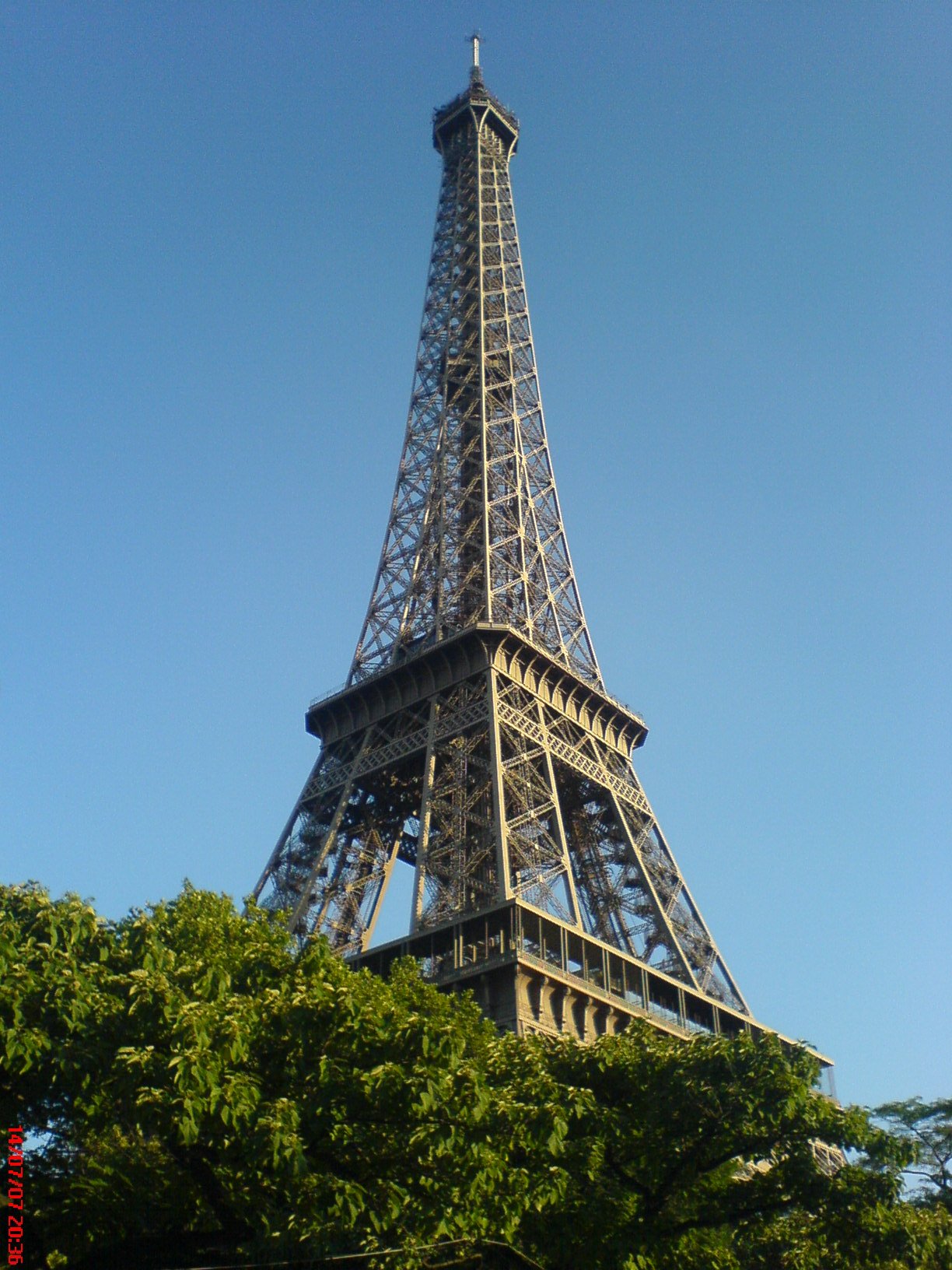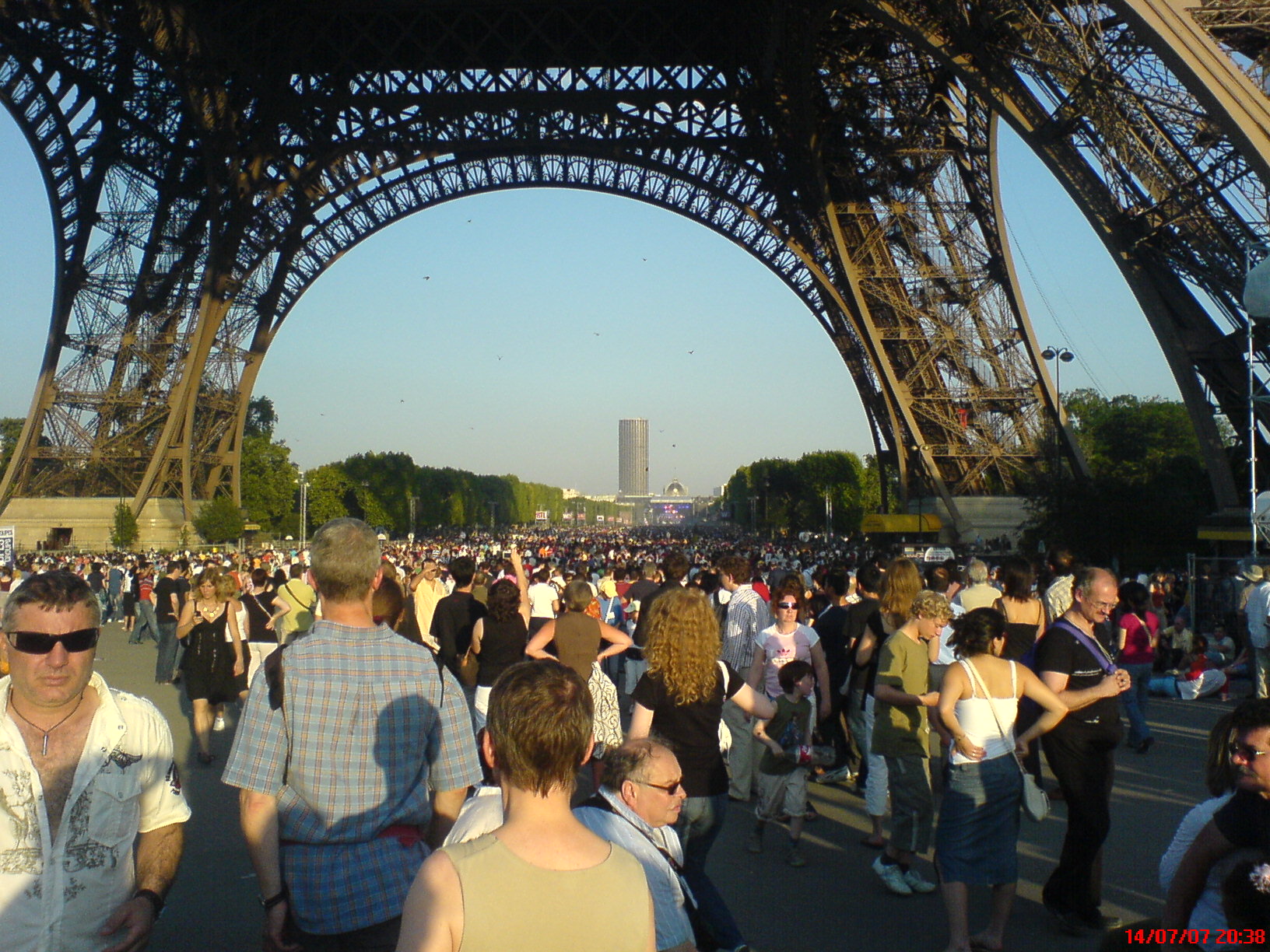Paris/July 14
From 2007.igem.org
Bastille's Day!!!
Contents |
What to do ?
- Remove the plate of the transduction experiment and the transformation ones from the 37°C incubator (Upper-left shelf): If it has worked and if someones comes on Sunday:
- isolation of the clones from the transduction on petri-dishes (LB+DAP+Erm+Citrate)
- LB + antibio culture of the transformants (to make a glycerol stock and to do MiniPreps)
- Make a gel (0.8%) and migrate the PCR products
- Purify them
- Do the assembly PCR
If enough time (we can also wait to have the plasmids to do everything at the same time):
- Digestion of the purifications products with appropriate enzymes
- Purification
What has been done
- Several colonies of transduced MG1655 are obtained (transduction from dapA- strain w121):
- Isolation of 10 different colonies on LB Citrate Erythro DAP plates
- Seeding LB-Amp cultures of the following strains
- DH5alpha transformed with the plasmid carrying the Biobrick pJ23100
- DH5alpha transformed with the plasmid carrying the Biobrick B0015
these two ON cultures will allow us to perform (tomorrow):
- Minipreps to isolate the plasmids carrying the biobricks
- Glycerol stocks of the transformed strains
DGAT expressing E.coli
- After transformation of DH5alpha E.coli with pKS::DGAT plasmid, a transformant clone was grown ON in LB Ampicilline medium
The culture (using a toothpick) was deposited on several solid media for growth:
either LB or Minimal medium. +/- IPTG (inducer of DGAT expression, dgat gene being carried by pKS::DGAT plasmid) +/- Nile Red (fat detection dye) +/- oleate at 2 different concentrations (0.5 and 2mM).
This experiment aims at finding out if E.coli cells that express DGAT from Acinetobacter can incorporate oleate (a fatty acid), catalyze the reaction between a fatty acid and diacylglycerol and finally accumulate fat in the form of triglyceride.
PCRs
These two first PCRs aims at removing the Pst1 site in DGAT gene.


